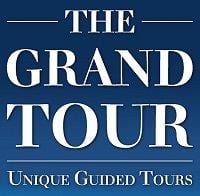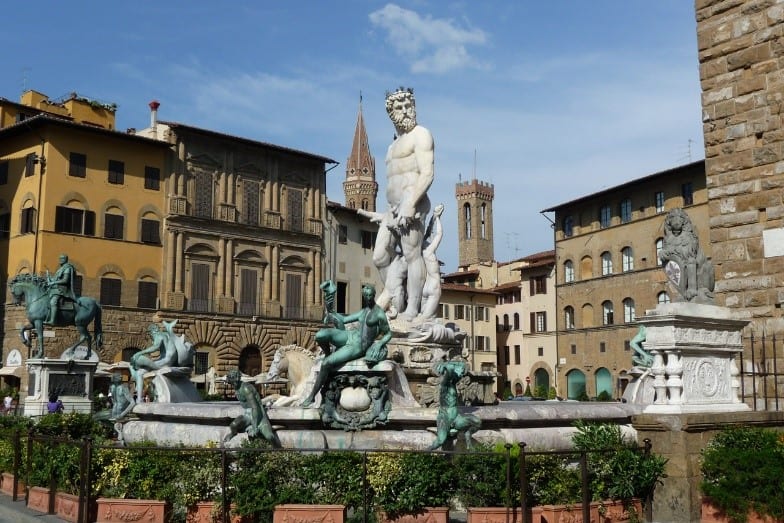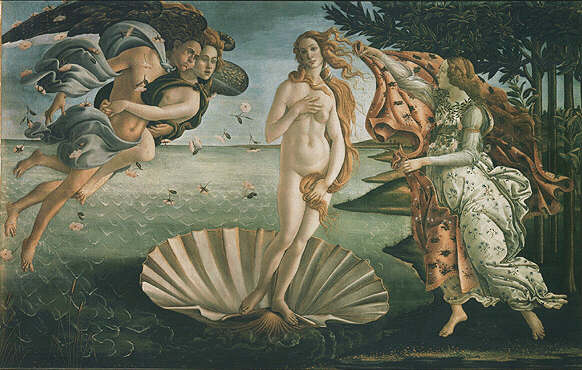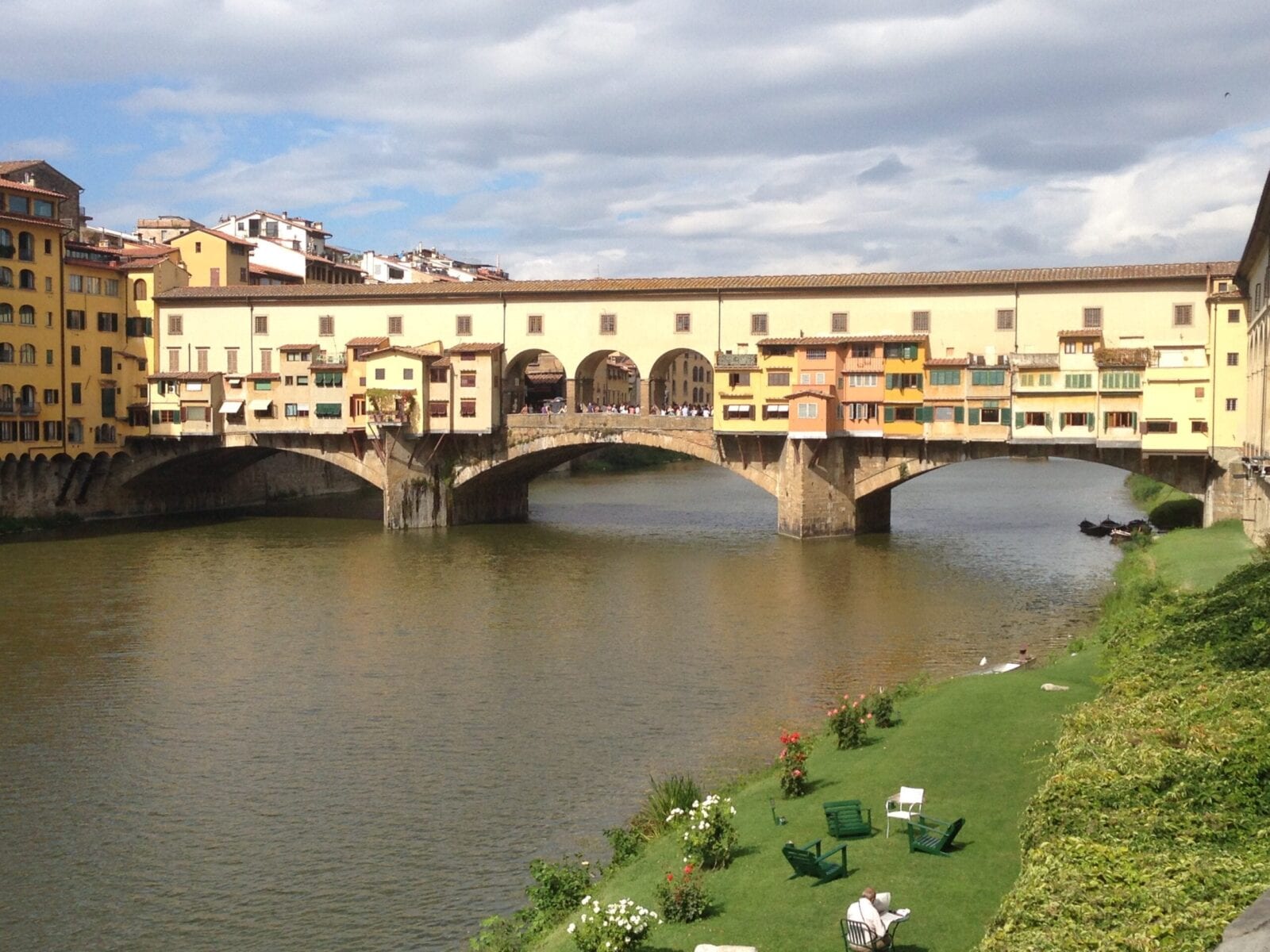

- Home
- Guided Tours
- Destinations
- Private Virtual Guided Tours
- The Grand Tour – Private Italy Guided Tours – Lived Experience of Art and Culture
- Guided Tours of Italy
- Guided Tours of Rome
- Guided Tours of Ancient Rome
- A Perfect day in Rome Guided driving tour
- Guided Tours of Ancient Rome
- Guided Tours of Medieval Rome
- Guided Tours of Renaissance Rome
- Guided Tours of Baroque Rome
- Guided Tours Christian Rome
- Guided Tours of the Palazzi of Rome
- Guided Tours of The Museums of Rome
- Guided Tours of Underground Rome
- Boat Cruise on Tiber River & Tour of the Scavi of Ancient Ostia
- Daytrip Private Guided Excursions from Rome
- Christmas Special Rome Tours
- Guided Tours of Florence
- Guided Tours of Pompeii
- Tour of Siena
- Guided Tours of Venice
- Guided Tours of Verona
- Amalfi Coast, Positano and Ravello driving tour
- Milan city tour
- Italy Cruise Excursions
- Paris Private Guided Tours
- London City Private Guided Tours
- Group Guided Tour
- VIRTUAL TOURS
- Blog
- Book Now
FLORENCE
Unique Private Guided Tours of Florence
Florence, the cradle of the Italian Renaissance, the City who saw the lives of some of the greatest artists and philosophers unfolding here: Dante, Leonardo, Michelangelo, Cellini, and many many more.
Florence is nestled on the banks of the River Arno and the olive tree clad hills. It is one of the most famous and most visited cities in the world. Florence has always had a rich history, with foundations believed to be as early as 200 BC. There has always been a power struggle since the Dark Ages, with families and factions creating conflict with each other. The first conflicts were between supporters of the Pope (Guelphs) and supporters of the Holy Roman Empire in the 13th century. During the time when Lorenzo de Medici was ruler, Florence had an awakening, it was the Italian Renaissance. Lorenzo helped to foster art and music, turning Florence into an impressively cultural place. To this day, Florence has some of the most important Renaissance works in the Churches and buildings, with architecture bound to impress and sites that are world-famous.
A gentle walking tour to introduce you to Florence. You will be introduced to the streets of Florence, seeing the famous sites of the Vecchio Palace with the sculptures outside. You will see ‘Neptune Fountain’, ‘Hercules and Cacus and ‘The rape of the Sabine women’. From this central piazza, it is a short walk to the famous Ponte Vecchio – the only bridge to survive the German retreat from the region during WW2.
Have an amazing walking tour of Florence that includes the Uffizi Gallery, Accademia Gallery and the Duomo.

Florence Duomo was built on the original 4th century original cathedral. The initial design was designed by Arnolfo di Cambio in 1296. The main feature is the dome, a huge engineering structure by Filippo Brunelleschi, he won a design competition and he was up against some well-known Florentine artists and architects.
The huge Duomo is a prominent structure in the Florence landscape, due to the eye-catching façade, made of panels of green, white and red marble. Although it is not entirely new, Emilio de Fabris’ design in a neo-gothis style and it honours the Mother of Christ.
The Duomo was the largest church in the world, until the completion of St Peter’s Basilica in 1615.
Here, you will be able to see the following sculptures outside the Vecchio Palace; Ammanati’s controversial ‘Neptune Fountain’ (Michaelangelo said ‘what a lovely piece of marble you have ruined!’ upon seeing this work), Bandinelli’s ‘Hercules and Cacus’ and ‘The Rape of the Sabine Women’ by Giambologna. From the central piazza, we will walk the short distance to pass the Ponte Vecchio – the only bridge to survive the German retreat from the region during WW2.
The Uffizi is the oldest gallery in the world and was built in 1560 as offices for the Tuscan Administration (‘Uffizi’ translates as ‘offices’). Pupils will enjoy a guided tour of the museum and will such works as ‘The Birth of Venus’ and ‘Primavera’ by Botticelli, Michelangelo’s ‘The Holy Family’ and Titian’s ‘Venus of Urbino’. The museum displays its paintings in a series of rooms off the horseshoe shaped main corridor. The works are shown in chronological order to reveal the development of Florentine art from Gothic to High Renaissance. show the focuses on gothic art, the early renaissance and culminates in various paintings from the High Renaissance.

We will have time to enter the Florence Duomo, view the Campanile bell tower, built by Giotto in 1334 & view the Baptistry Doors built by Lorenzo Ghiberti in 1401. Inside the Duomo, participants will be able to view the city’s ancient medieval clock & the ‘Last Judgement’ Frescoes by Vasari on the inside of the cupola.
Finishing the tour with the Accademia gallery. The Galleria dell’Accademia is most famous for being home to the statue of David by the great Renaissance artists, Michelangelo, as well as other of his famous works. The main halls of the Accademia offer you the chance to see amazing Italian art, by the great artists such as Sandro Botticelli, Orcagna, Allessandro Allori, Pontormo and Andrea del Sarto. Many of the works were commissioned by the powerful Medici family, who were advocates to the arts.
Starting with a walk to Piazzale Michelangelo and discover breathtaking panorama of Florence and the city’s best vantage point. It was designed by Giuseppe Poggi in 1869 and is a typical 19th century terrace, dedicated to Michelangelo with copies of his work. There was supposed to be a museum for Michelangelo’s work, but it never happened. Thankfully it is now home to a coffee bar and a restaurant. A delightful reward after climbing to the Piazzale.

Next, discover Palazzo Pitti. Built for the Pitti family in 1458 by Luca Pitti, it became a symbol of the Medici powers and rule over tuscany. It was the royal palace of two dynasties, the House of Lorraine-Habsburg and the Kings of Italy of the House of Savoy, who lived in Pitti since 1865. It remained the official residence of the rulers of Florence until 1919, when it was handed over to the state by the Savoy family. Today, the Palace is an amazing museum, with four different collections. The Treasury of the Grand Dukes, The Palatine Gallery and the Royal and Imperial Apartments, the Modern Art Gallery and the Museum of Costume and Fashion.
Before leaving, you must visit the Giardino di Boboli. The Medici family started the gardens in the mid- 16th century and became ‘the’ style for Italian gardens and the model for many of the courts in Europe. The gardens have grottos and fountains, with the Fountain of Neptune and the Fountain of the Ocean. There is a beautiful terraced area and pavilion with a rare example of Rococo architecture. It is a great place to wonder through, imagining the past owners enjoying their garden, that remains true to their original project.
After a day of walking and discovering, finish with a visit to San Lorenzo Market. Split in two there is the indoor and the outdoor market. The outdoor section of the market runs along several of the surrounding streets of the Mercato Centrale. There are stall on either side of the streets with pottery, clothing, souvenirs and leather goods. A great place to pick up some gifts for your friends and family without having to spend too much.
In indoor of the central market is a two level food markets. The Mercato Centrale was designed by Giuseppe Mengoni, built with cast iron and glass the building mixes classical and modern and takes a little inspiration from other European countries, notably Paris. On the ground floor, there are the butchers, fishmonger, fruit and veg sellers and speciality shops that sell local olive oils, meat and cheeses. The first floor has been remodelled and is bright and spacious with artisan stalls that sell freshly made items. It is also a place where you can see traditional food being made and also a good place to take a break and try some of the wonderful food.


